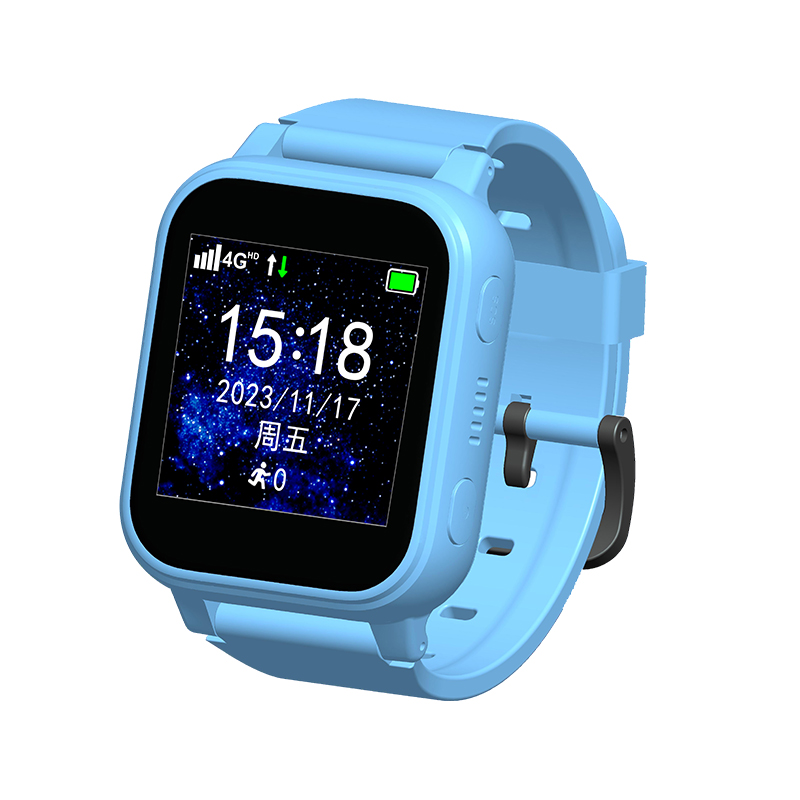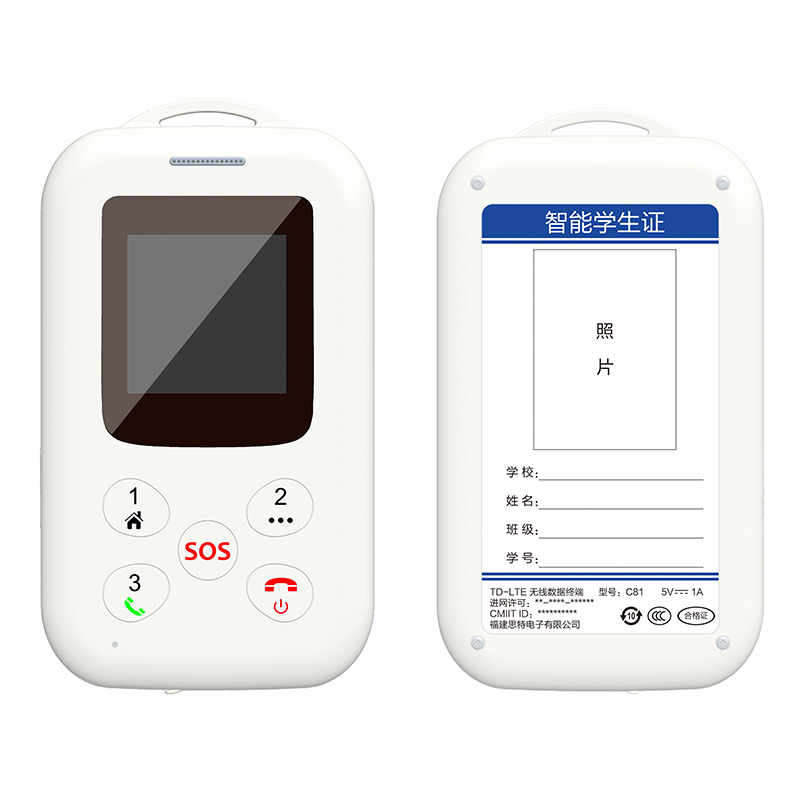How to balance fun and information security when designing social functions for kids' cell phones?
Release Time : 2025-05-14
With the popularity of smart devices, the social function of kids' cell phone has become an important selling point to attract children and parents. Interesting social interaction can meet children's social needs and promote their emotional development, but at the same time, the issue of children's information security has become increasingly prominent. How to protect children's personal information security while improving social fun has become a key issue in the design of social functions of kids' cell phone.
To ensure information security, the social functions of kids' cell phone mostly adopt closed social circle design. For example, only face-to-face scanning, school class group invitations and other methods are allowed to add friends to avoid random additions by strangers. This restriction limits children's social relationships to familiar people such as classmates and relatives, greatly reducing the risk of information leakage. At the same time, the size of the social group in the watch is also controlled, usually only supporting small-scale friend chats to prevent bad information from spreading on a large scale. In terms of fun, by designing functions such as virtual gift giving and fun expression interaction, children can get rich interactive experience even in a closed social circle and increase the fun of social interaction.
kids' cell phone has a built-in powerful content review and filtering system to ensure information security from the source. When children send text, voice or picture messages, the system will scan the content in real time. For illegal information involving sensitive words, bad pictures, etc., the system will automatically intercept and prompt that the message failed to be sent. For example, the system will pre-set sensitive word libraries containing violence, pornography, advertising, etc. Once related words appear in the message, the filtering mechanism will be triggered immediately. In addition, image recognition technology will be used to identify inappropriate content in the picture. In terms of fun, in order to avoid excessive filtering affecting children's expression, the system will also set some alternative content full of childish fun. For example, when the word "bad" is filtered, it will be automatically replaced with cute emoticons, which ensures safety while not losing interactive fun.
Parents play an important role in the social security of kids' cell phone. The mobile phone APP that comes with kids' cell phone gives parents comprehensive control rights. Parents can check their children's friend list at any time and manually delete suspicious contacts; they can also set social time to prevent children from being addicted to socializing and affecting their study and rest. Some watches even support parents to view and manage messages sent and received by their children in real time. For example, when a child receives a friend request from a stranger, the parent's mobile phone will receive a reminder, and the parent will decide whether to approve it. At the same time, in order not to affect the fun of children's normal social interaction, the setting of parental control functions is relatively flexible, giving children a certain amount of independent social space under the premise of ensuring safety.
On the technical level, kids' cell phone ensures the security of information transmission and storage through data encryption and privacy protection measures. It uses advanced encryption algorithms, such as AES encryption technology, to encrypt children's personal information, chat records and other data. Even if the data is intercepted during transmission, third parties cannot crack the content. At the same time, it strictly follows relevant privacy protection regulations, clearly stipulates the scope of use and retention period of data, and never discloses children's information to third parties without parental authorization. In terms of fun, the application of these security technologies has almost no effect on children's social experience. Children can still smoothly conduct voice chats and play social games.
On the basis of ensuring safety, kids' cell phone continues to innovate interesting social functions. For example, it develops social games based on geographic location, where children can "explore treasure hunt" with friends on virtual maps and enhance interaction by completing tasks; it designs social rankings, such as sports step competitions and learning check-in competitions, to stimulate children's competitive awareness and social enthusiasm. In addition, AR interactive functions are introduced. Children can take virtual photos or have fun interactions with friends by scanning specific scenes through the watch camera. These functions greatly enrich children's social experience and enhance the appeal of kids' cell phone while ensuring information security.
The design of social functions of kids' cell phone should achieve a balance between fun and information security, and should start from social circle construction, content review, parental control, technical protection and functional innovation. Information security is guaranteed through closed social circles and strict content filtering, supervision is achieved through parental control, and data encryption is used to build a strong defense line. At the same time, fun functions are constantly innovated to meet children's social needs. Only in this way can children enjoy the social fun brought by smart devices in a safe environment and help children grow up healthily.







